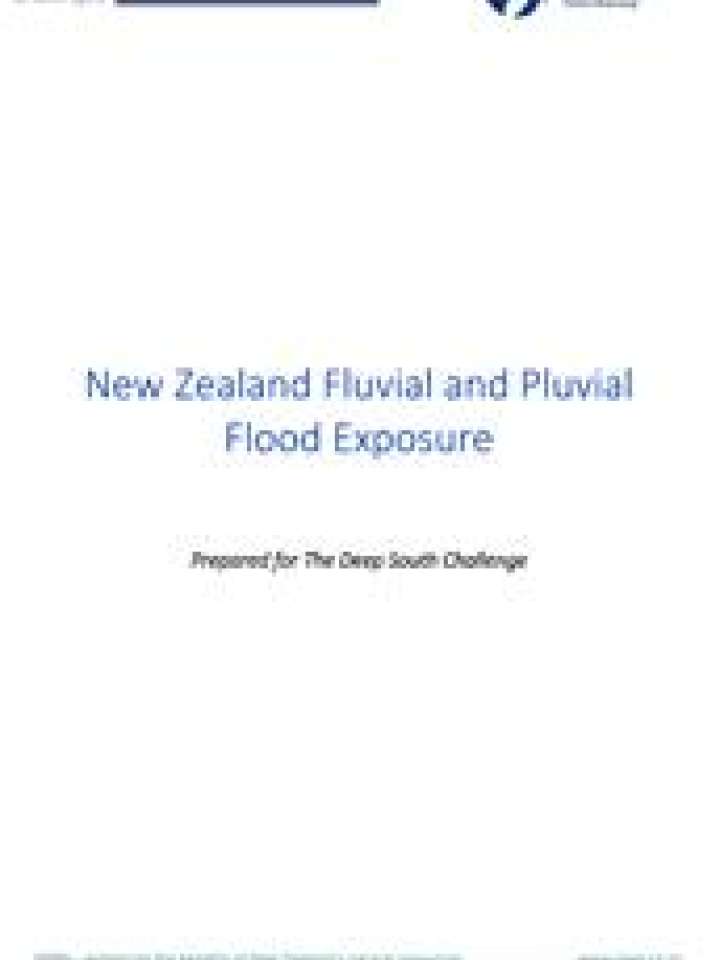New Zealand fluvial and pluvial flood exposure
This study is a first attempt to estimate New Zealand’s exposure to fluvial and pluvial flooding. A national flood hazard area map was composed from publicly-available information and used to enumerate intersecting populations, buildings, infrastructure (transport, electricity, three-waters) and land cover. Exposure of these elements is reported at national, regional and territorial levels. In addition, flood-exposed elements located in catchments sensitive to changes in mean annual flood discharge are enumerated. The potential implications of this study for future flood hazard exposure and loss modelling under current and future climate scenarios are discussed.
Key findings include:
- The highest regional level population and built asset exposure occurs in populous regions: Auckland, Waikato, Wellington and Canterbury. Canterbury region has the most exposure for population, buildings, roads, electricity network components (transmission lines, structures and sites), potable water pipelines and both built and production land cover. The region’s exposed population and built assets are mostly in Christchurch City.
- Production land is most exposed in key dairy and pastoral production regions including: Waikato, Canterbury and Southland.
- Outside regions with the three main urban centres, railways in Manawatu-Whanganui region are the only built asset type with higher exposure at regional level. Natural or undeveloped land cover is most exposed on the West Coast, a region with high amenity value for tourism.
Explore further
